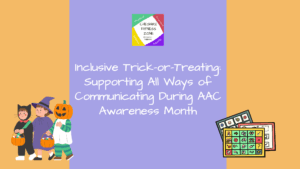Teachers usually have a hectic time trying to ensure that all the students in the classroom are keeping up with their lessons. Trying to help each student is made more difficult by the fact that every child has specific challenges. Sometimes, a student may require special help to overcome certain challenges and this can be in form of occupational therapy. Following are some tips to help teachers to identify if any student requires occupational therapy evaluation.
The child avoids getting involved in activities
A student who is usually an observer or bystander when on the playground and avoids getting involved in activities may require some help. This type of child will rarely try out new games or equipment and prefers to remain in the background. Sometimes this may be confused for shyness but it could be a sign that the child has some underlying issue. The child may prefer to stick to familiar games and will avoid anything that requires learning new activities.
Poor sitting or standing posture
Another sign to look out for involves the child’s posture. If the child exhibits poor posture when sitting on a chair or when unsupported on the floor, an evaluation may be necessary. In some cases, the child will move or roll around on the floor instead of sitting up. The child may also have difficulty walking in line behind other children and may even avoid getting close to them. In some cases, a child may frequently crash into things or people, fall to the floor or run into things in the classroom.
Irritated by touch or close contact
Another red flag to look for is a child who seems irritated when touched by other people. This child also touches things frequently and keeps away from other children. The child avoids learning any new games or fine motor activities and has difficulty using scissors and manipulating small objects. When holding a pencil, the child may have an abnormal grip and will either press too lightly or too hard when writing. The hands also tend to tire easily when performing fine motor tasks.
The child has poor coordination
Any child, who seems to experience more difficulty than other children when tying shoes, putting on their coat and buttoning, may need occupational therapy. The same is true of a child who has difficulty finding objects in the classroom or putting together puzzles. The child may also have more trouble when writing in their notebooks and will often have a disorganized desk and folders. In many cases, the child will have problems with simple tasks and will not turn in assignments on time.
Decreased safety awareness
Any child who takes excessive risks and is frequently demonstrating lack of safety awareness can benefit from occupational therapy. This child may be a risk to himself and others and it is important to get help as soon as possible.
If you notice any of these signs or behaviors in the students in your class, it helps to talk to their parents about getting a pediatric occupational therapist. The therapist can help to ensure that a child with special needs excels in the classroom.



